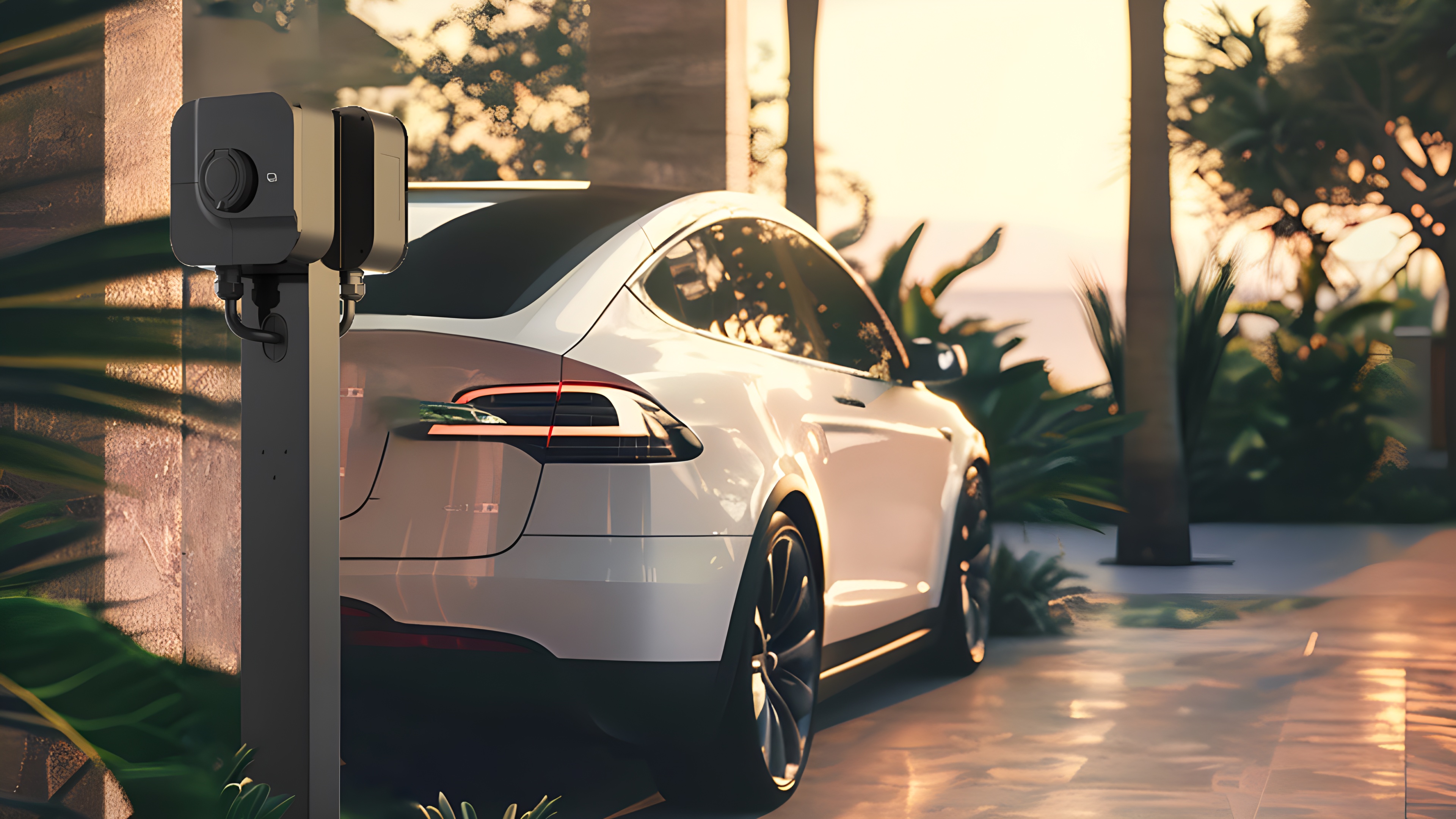20 Oct,2023
Coping with the Decreased Range of New Energy Vehicles in Winter
author:
Malena
Temperature drops and it is once again the season that concerns new energy vehicle owners the most, as they face the challenge of decreased range.
To tackle this problem, there are maintenance measures and charging methods that can help. However, understanding why the range of new energy vehicles generally decreases in winter is a key factor that needs to be addressed. For most new energy vehicles currently using lithium batteries, it is necessary to know that the performance will decrease to varying degrees at lower temperatures, resulting in a shorter range, typically ranging from 10% to 20% decrease. Therefore, new energy vehicle owners should pay attention to the daily range before heading out and ensure sufficient battery power.
So, what should be noted when charging new energy vehicles in the lowered temperatures of winter?
Firstly, extending the charging time is crucial. Due to the poor charging acceptance of the power battery in winter, insufficient or inadequate charging often occurs. Therefore, it is necessary to extend the charging time during daily charging.
Secondly, selecting an appropriate charging temperature is important. The optimal charging environment temperature range for new energy vehicles is between 0°C and 45°C. In winter, it is advisable to avoid charging the vehicle in environments below 0°C.
Especially in northern regions, owners can choose indoor charging stations to reduce the impact of low temperatures on battery performance. Additionally, preheating the vehicle before driving is recommended. In winter, the temperature often drops below freezing in northern regions. If the vehicle has been parked in a low-temperature environment for a long time, it is better to wait for 1-2 minutes before using the vehicle to allow the vehicle's circuit and battery pack to warm up, thereby extending the battery life.
Furthermore, timely recharging after use is essential to ensure the battery remains within the range of 20% to 90%. During use, it is also important to avoid completely discharging the battery, as doing so may damage the battery of the new energy vehicle.
Lastly, if the new energy vehicle is not in use for a long time, regular charging is necessary. For new energy vehicles that are parked for an extended period, it is advisable to fully charge the battery before parking to avoid a discharged state. When the battery is in a discharged state, chemical reactions are more likely to occur, leading to a decrease in battery capacity.
Therefore, even if the vehicle remains idle for a long time, regular charging is recommended. In conclusion, new energy vehicle owners need to pay attention to measures such as extending the charging time, selecting an appropriate charging temperature, preheating the vehicle, timely recharging, and regular charging in order to maintain battery performance and extend battery life during the winter season of lowered temperatures.

Products



